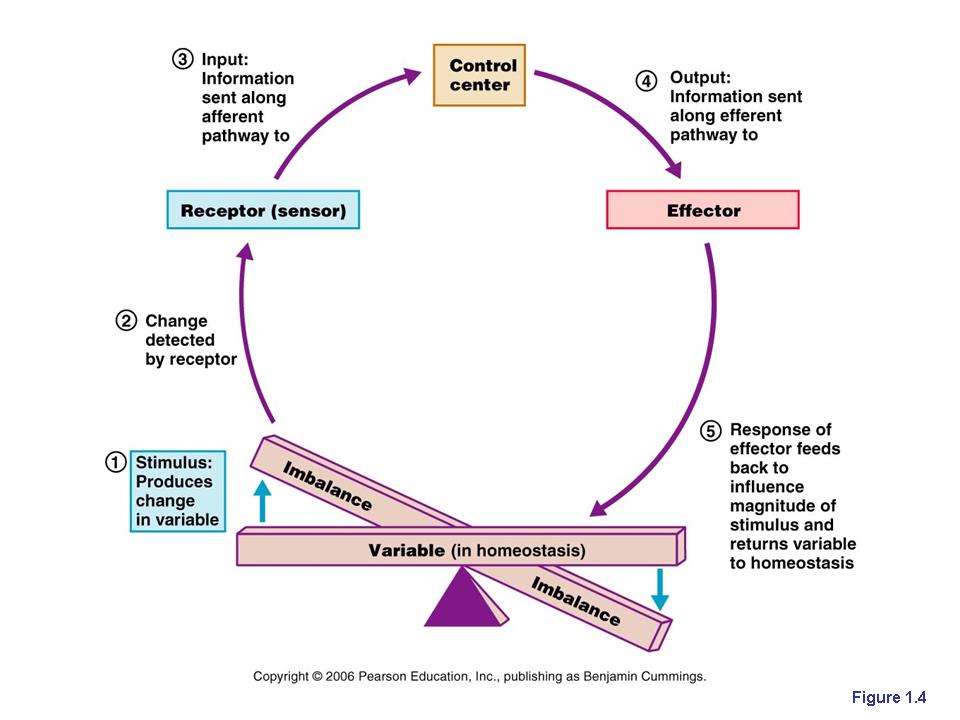😀 why is homeostasis important for the body. why is homeostasis Anatomy&phys: homeostasis Feedback homeostasis negative body positive system human mechanisms control homeostatic anatomy physiology systems maintain biology definition receptor loop diagram cell
Physiological Homeostasis - Biology Online Tutorial
Homeostasis: definition, types, examples, applications
What is homeostasis?
Homeostasis body maintain human work do why important internal environment temperature stimulus condition sweatMaintaining homeostasis Homeostasis physiological adaptation mechanisms maintainsPhysiological homeostasis.
Homeostasis humansEasy way to explain homeostasis Microbe notesDarwiniano curso 2018/19: 3 eso.

The mechanism of homeostasis. (a) schematic of the homeostasis
Homeostasis diagramWhat is homeostasis? why is it so important for our wellbeing? Homeostasis mecanismoProceso de homeostasis como diagrama de: vector de stock (libre de.
Anatomy&phys: homeostasisHomeostasis cellular regulation function homeostatic ch103 response physiology humans molecules during Feedback homeostasis negative body positive system human mechanisms control homeostatic anatomy physiology systems definition maintain biology receptor loop cell diagramHomeostasis definition examples meaning mechanism pressure maintaining body biology internal byjus environment board anatomy choose response definitions learning psychology.

Homeostasis types pressure applications hypothalamus maintain physiology normal microbenotes anatomy brain tissue functioning
What is homeostasis? why is it so important for our wellbeing?Homeostasis definition maintaining flow byju mechanism byjus meaning thebalance negative ecosystem Homeostasis hypothalamus pressure systems human maintain physiology anatomy normal blood microbenotes tissue functioning maintained changes nervousCh103 – chapter 8: homeostasis and cellular function – chemistry.
Ch103 – chapter 8: homeostasis and cellular function – chemistryOrgan homeostasis systems body human ppt powerpoint presentation slideserve .










